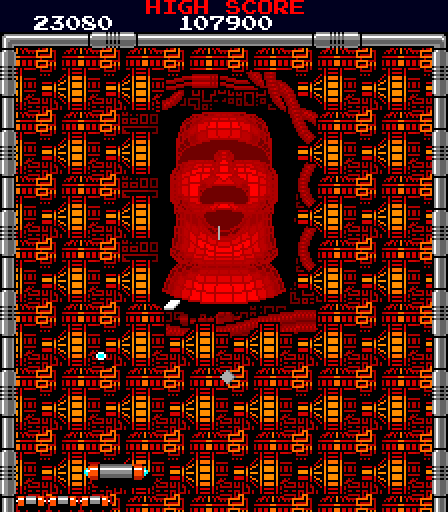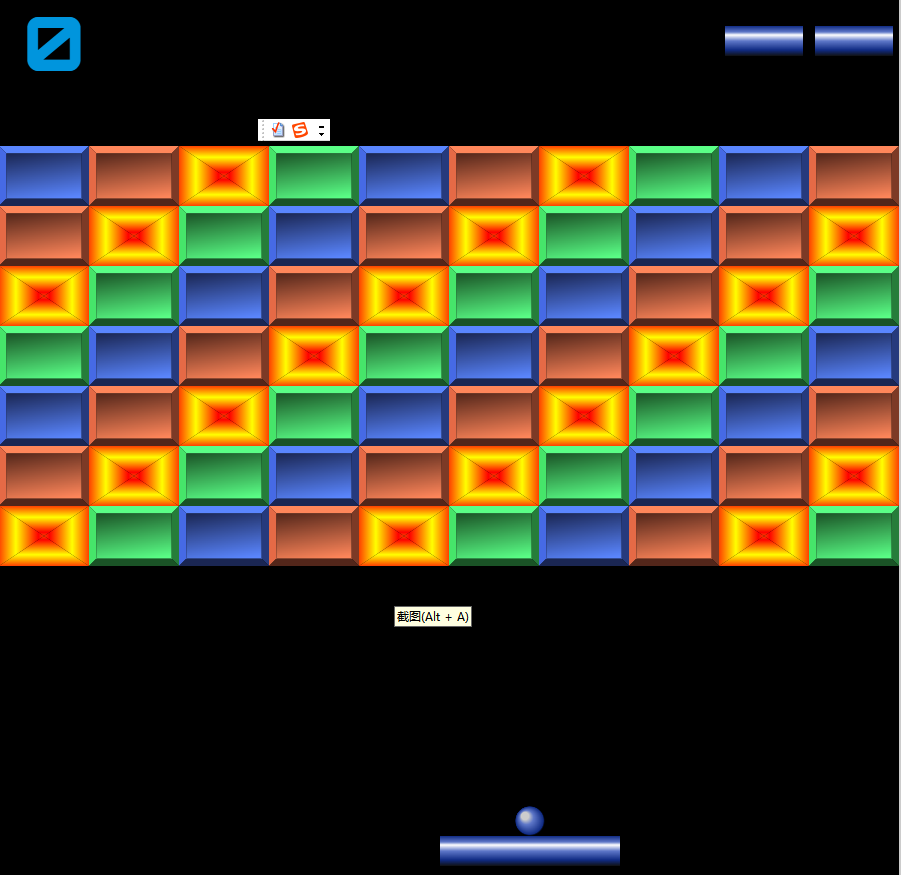In the early 1970s, the world of entertainment was on the brink of a revolutionary change. The birth of Atari marked the beginning of a new era in gaming, forever altering the way we interact with technology and setting the stage for what would become a multi-billion dollar industry. Atari, founded by Nolan Bushnell and Ted Dabney, was more than just a company; it was a catalyst that transformed the landscape of entertainment and laid the foundation for modern gaming.
The Visionaries Behind Atari
Atari’s journey began with a vision. Nolan Bushnell, often hailed as the “father of video games,” and Ted Dabney, an electrical engineer with a passion for innovation, saw the potential of bringing arcade games into people’s homes. Their shared vision was to create engaging and immersive experiences that would captivate players of all ages. This vision was not just a business plan; it was a belief in the power of technology to entertain and connect people.
Bushnell’s background in amusement parks and his fascination with arcade games inspired him to create something new. He envisioned a future where people could enjoy the thrill of arcade games in the comfort of their own homes. Dabney, with his technical expertise, was the perfect partner to bring this vision to life. Together, they founded Atari in 1972, and the rest, as they say, is history.
The Iconic Games
Atari’s first major success came with the release of Pong in 1972. Pong was a simple yet revolutionary game that captured the imagination of a generation. It was one of the first arcade video games to gain widespread popularity, marking the dawn of the gaming era. Pong’s success was unprecedented; players were drawn to its engaging gameplay and competitive nature, often forming lines at local arcades to get their turn. This simple game, with its two paddles and a bouncing ball, transformed the arcade landscape and established video gaming as a viable form of entertainment.
Following the success of Pong, Atari continued to innovate and introduced a series of iconic games that would leave an indelible mark on the gaming industry. Space Invaders, released in 1978, was another groundbreaking game that further cemented Atari’s position in the gaming world. With its innovative design and engaging gameplay, Space Invaders became a cultural phenomenon, inspiring countless clones and sequels. These games not only entertained players but also demonstrated the potential of video games as a medium for storytelling and creativity.
The Home Gaming Revolution
The success of Pong in arcades paved the way for Atari’s next big innovation: the home gaming console. Recognizing the potential for home gaming, Atari shifted its focus towards developing consoles that could bring the arcade experience into living rooms. In 1975, Atari released the home version of Pong, which became an instant hit. This pivotal moment laid the groundwork for the home gaming revolution, as families began to embrace video games as a regular form of entertainment.
The home gaming revolution reached its peak with the release of the Atari 2600 in 1977. The Atari 2600 was a revolutionary console that allowed players to swap game cartridges, providing a level of versatility that was unprecedented at the time. This innovation attracted a broader audience and established Atari as a household name. The combination of engaging games and the ability to play them at home changed the gaming landscape forever, making video games an integral part of popular culture.
The Legacy of Atari
Atari’s impact on the gaming industry is immeasurable. The company’s pioneering work in arcade games and home consoles established a framework for future developers to build upon. Atari popularized the idea of video games as a form of entertainment, demonstrating that they could attract audiences beyond traditional gaming demographics. This shift not only led to the proliferation of video game arcades but also to the establishment of gaming as a legitimate industry.
The legacy of Atari extends far beyond the realm of gaming; it also permeated pop culture. The company’s games and consoles became cultural icons, featured in movies, television shows, and music. The unmistakable sounds of Pong and the vibrant graphics of Atari games became synonymous with the 1970s and 1980s, embedding themselves in the collective consciousness of a generation. Atari’s games often inspired creativity and innovation, influencing artists, musicians, and filmmakers who sought to capture the essence of the gaming phenomenon in their work.
The Challenges and Triumphs
Atari experienced meteoric success in its early years, rapidly becoming a dominant force in the gaming industry. However, with great success came significant challenges. By the early 1980s, the gaming market became saturated with low-quality games, leading to a decline in consumer interest. The infamous video game crash of 1983 marked a turning point for Atari, as the company faced dwindling sales and mounting competition from personal computers and other gaming platforms.
In an attempt to regain its footing, Atari made several missteps, including the rushed release of poorly developed games. The most notable disaster was the release of E.T. the Extra-Terrestrial, which was so poorly received that it became synonymous with the gaming crash. As consumer confidence waned, Atari struggled to maintain its market share, leading to internal turmoil and management changes. The company was eventually sold to Warner Communications in 1976, marking the beginning of a tumultuous period that would test its resilience.
Despite these challenges, Atari’s legacy endured. The company had already laid the groundwork for future gaming developments and inspired a generation of developers. The rise and fall of Atari serves as a cautionary tale in the gaming industry, demonstrating the importance of quality and innovation. While the company’s struggles during the gaming crash were significant, the foundational work done by its founders and early employees paved the way for the resurgence of video gaming in the late 1980s and beyond. Atari’s story is one of triumph and tribulation, highlighting the complexities of an ever-evolving industry.
The Enduring Influence
Atari’s influence on the gaming industry and popular culture is profound. The company’s pioneering work in arcade games and home consoles established a framework for future developers to build upon. Atari popularized the idea of video games as a form of entertainment, demonstrating that they could attract audiences beyond traditional gaming demographics. This shift not only led to the proliferation of video game arcades but also to the establishment of gaming as a legitimate industry.
The impact of Atari extended far beyond the realm of gaming; it also permeated pop culture. The company’s games and consoles became cultural icons, featured in movies, television shows, and music. The unmistakable sounds of Pong and the vibrant graphics of Atari games became synonymous with the 1970s and 1980s, embedding themselves in the collective consciousness of a generation. Atari’s games often inspired creativity and innovation, influencing artists, musicians, and filmmakers who sought to capture the essence of the gaming phenomenon in their work.
Conclusion
The birth of Atari marked the beginning of a new era in gaming, forever changing the way we interact with technology. Nolan Bushnell and Ted Dabney’s vision to bring arcade games into people’s homes not only revolutionized the entertainment industry but also laid the foundation for modern gaming. Atari’s pioneering work in arcade games and home consoles, coupled with its dedication to creating engaging and immersive experiences, captivated audiences worldwide and set the stage for the incredible advancements we see in gaming today.
While Atari faced significant challenges and setbacks, its legacy endures. The company’s impact on the gaming industry and popular culture is immeasurable, and its pioneering efforts continue to inspire developers and players alike. As we celebrate the pioneers of gaming and their lasting impact, we honor the visionaries who dared to dream of a world where video games could entertain and connect people in new and exciting ways. Atari’s story is a testament to the power of innovation and the enduring spirit of creativity that continues to drive the gaming industry forward.




